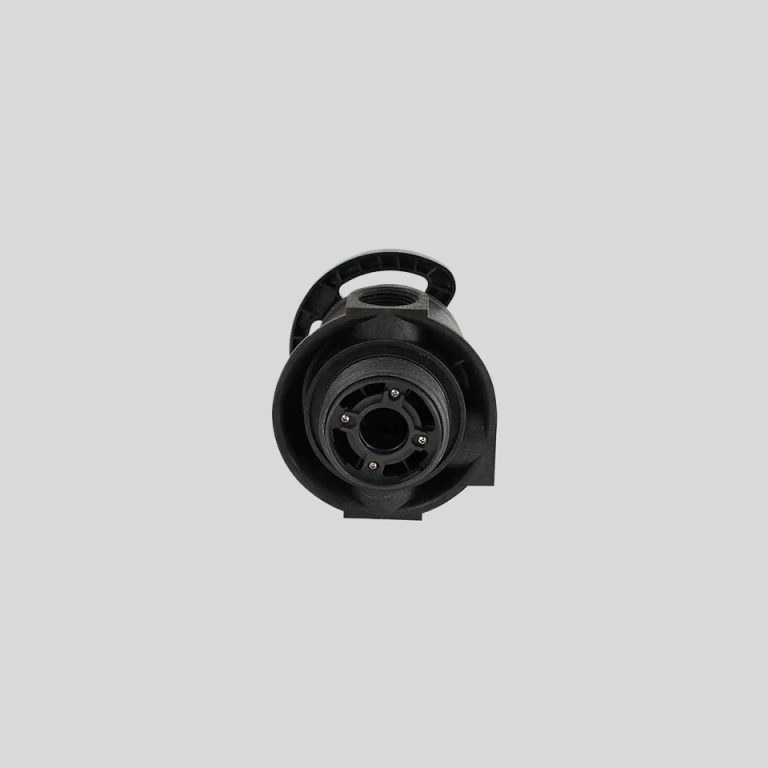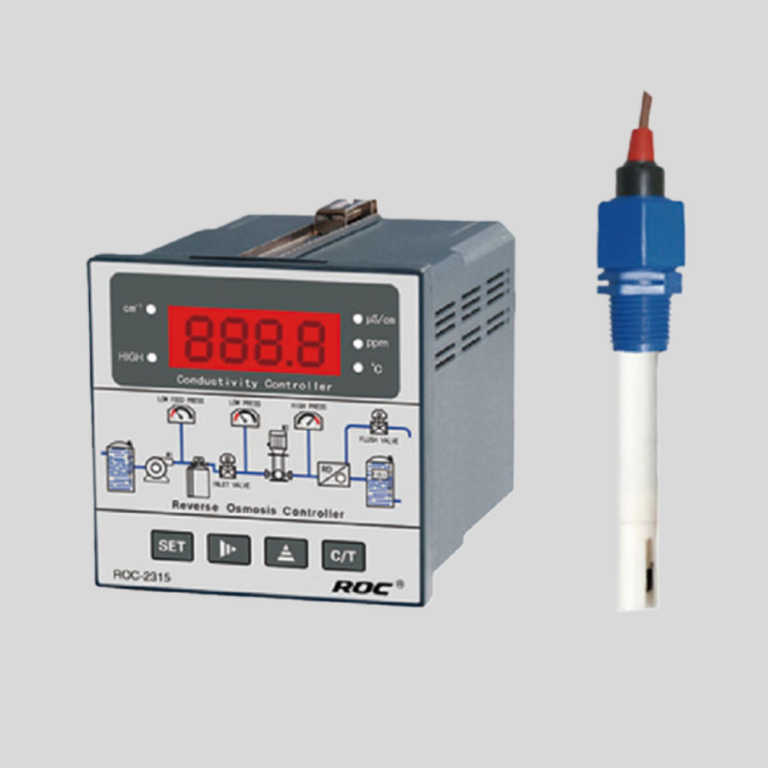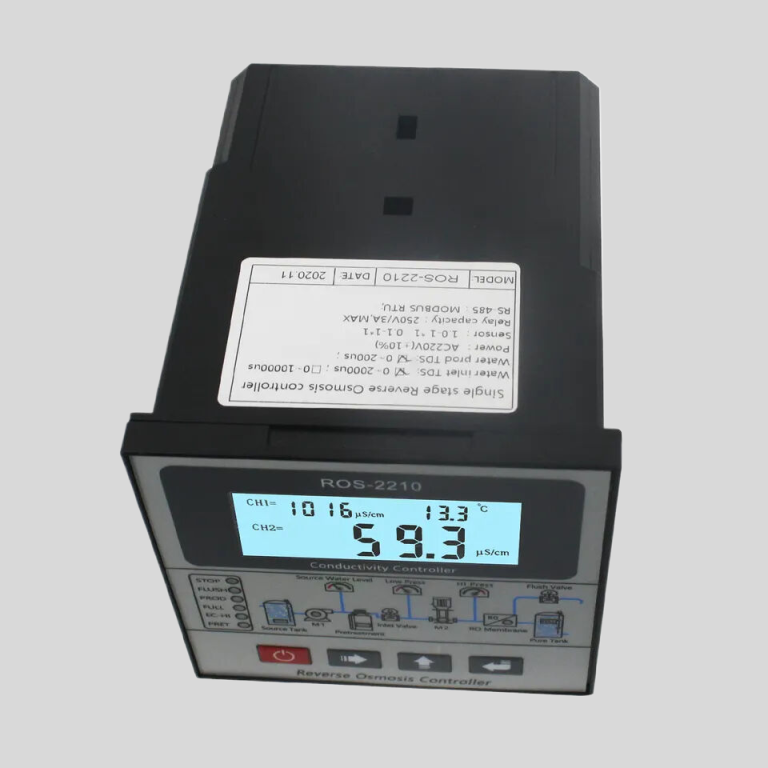Table of Contents
Proper Calibration Techniques for pH Meters
pH meters are essential tools in various industries, including agriculture, food and beverage production, and water treatment. These devices measure the acidity or alkalinity of a solution by determining the concentration of hydrogen ions present. To ensure accurate readings, it is crucial to calibrate pH meters regularly.
Proper calibration techniques are essential for maintaining the accuracy of pH meters. Calibration involves adjusting the meter to match the pH of a known standard solution. This process ensures that the meter provides accurate readings when measuring unknown samples.
There are two primary methods for calibrating pH meters: single-point calibration and multi-point calibration. Single-point calibration involves adjusting the meter to match the pH of a single standard solution. This method is suitable for applications where the pH range of the samples is relatively consistent.
Multi-point calibration, on the other hand, involves adjusting the meter at two or more pH values. This method is more accurate and is recommended for applications where the pH range of the samples varies significantly. By calibrating the meter at multiple points, you can ensure that it provides accurate readings across a wide range of pH values.
Before calibrating a ph meter, it is essential to select the appropriate standard solutions. These solutions should cover the pH range of the samples you will be measuring. Common standard solutions include pH 4, pH 7, and pH 10 buffers. It is crucial to use fresh standard solutions and store them properly to prevent contamination.

To calibrate a ph meter, start by rinsing the electrode with deionized water to remove any residue. Then, immerse the electrode in the first standard solution and adjust the meter to match the pH value. Repeat this process for each additional standard solution, if performing a multi-point calibration.
During calibration, it is essential to handle the electrode carefully to prevent damage. Avoid touching the sensitive glass membrane with your fingers, as oils and dirt can affect the accuracy of the readings. Rinse the electrode with deionized water between each standard solution to ensure accurate calibration.
After calibrating the ph meter, it is essential to check the slope and offset values. The slope value indicates the sensitivity of the electrode, while the offset value accounts for any deviations from the ideal response. If the slope or offset values are outside the acceptable range, the electrode may need to be replaced or recalibrated.
Regular calibration is crucial for maintaining the accuracy of pH meters. It is recommended to calibrate the meter before each use and periodically throughout the day for continuous monitoring applications. By following proper calibration techniques and handling the electrode with care, you can ensure that your ph meter provides accurate and reliable readings.
Understanding the Importance of Temperature Compensation in pH Measurements
pH meters are essential tools used in various industries, including agriculture, food and beverage production, water treatment, and scientific research. These devices measure the acidity or alkalinity of a solution by determining the concentration of hydrogen ions present. However, one crucial factor that can affect the accuracy of pH measurements is temperature.
Temperature compensation is a critical aspect of pH measurements that must be taken into account to ensure accurate and reliable results. The pH of a solution is temperature-dependent, meaning that as the temperature of a solution changes, so does its pH value. This is due to the fact that the ionization of water molecules, which is the basis of pH measurement, is influenced by temperature.
When using a ph meter, it is essential to calibrate the device at the temperature at which the measurements will be taken. This is because pH meters are typically calibrated at a specific temperature, usually 25 degrees Celsius, and any deviation from this temperature can lead to inaccuracies in the readings. To compensate for temperature variations, pH meters are equipped with temperature sensors that automatically adjust the pH readings based on the temperature of the solution being measured.
| Model | pH/ORP-1800 pH/orp meter |
| Range | 0-14 pH; -1600 – +1600mV |
| Accuracy | \u00b10.1pH; \u00b12mV |
| Temp. Comp. | Manual/Automatic temperature compensation; No Comp. |
| Oper. Temp. | Normal 0\uff5e50\u2103; High temp 0\uff5e100\u2103 |
| Sensor | pH double/triple sensor; ORP sensor |
| Display | 128*64 LCD Screen |
| Communication | 4-20mA output/RS485 |
| Output | High/Low limit dual relay control |
| Power | AC 220V\u00b110% 50/60Hz or AC 110V\u00b110% 50/60Hz or DC24V/0.5A |
| Working Environment | Ambient temperature:0\uff5e50\u2103 |
| Relative humidity\u226485% | |
| Dimensions | 96\u00d796\u00d7100mm(H\u00d7W\u00d7L) |
| Hole Size | 92\u00d792mm(H\u00d7W) |
| Installation Mode | Embedded |
There are two main methods of temperature compensation used in pH meters: manual and automatic. Manual temperature compensation involves manually adjusting the pH readings based on the temperature of the solution using a conversion chart or equation provided by the manufacturer. While this method can be effective, it is prone to human error and may not always provide accurate results.
Automatic temperature compensation, on the other hand, is a more advanced and reliable method of compensating for temperature variations in pH measurements. pH meters with automatic temperature compensation feature built-in sensors that continuously monitor the temperature of the solution and adjust the pH readings accordingly. This ensures that the pH measurements remain accurate and reliable, even in fluctuating temperature conditions.
In addition to temperature compensation, it is also important to consider the temperature range in which a ph meter can operate effectively. Different pH meters have different temperature ranges, and using a ph meter outside of its specified temperature range can lead to inaccurate readings. It is crucial to select a ph meter that is suitable for the temperature range of the solutions being measured to ensure accurate results.
Overall, temperature compensation is a critical factor in pH measurements that must be carefully considered to ensure accurate and reliable results. By understanding the importance of temperature compensation and selecting a ph meter with the appropriate features, users can confidently measure the pH of solutions with precision and accuracy. Whether in a laboratory setting or an industrial environment, accurate pH measurements are essential for maintaining quality control and ensuring the success of various processes.




